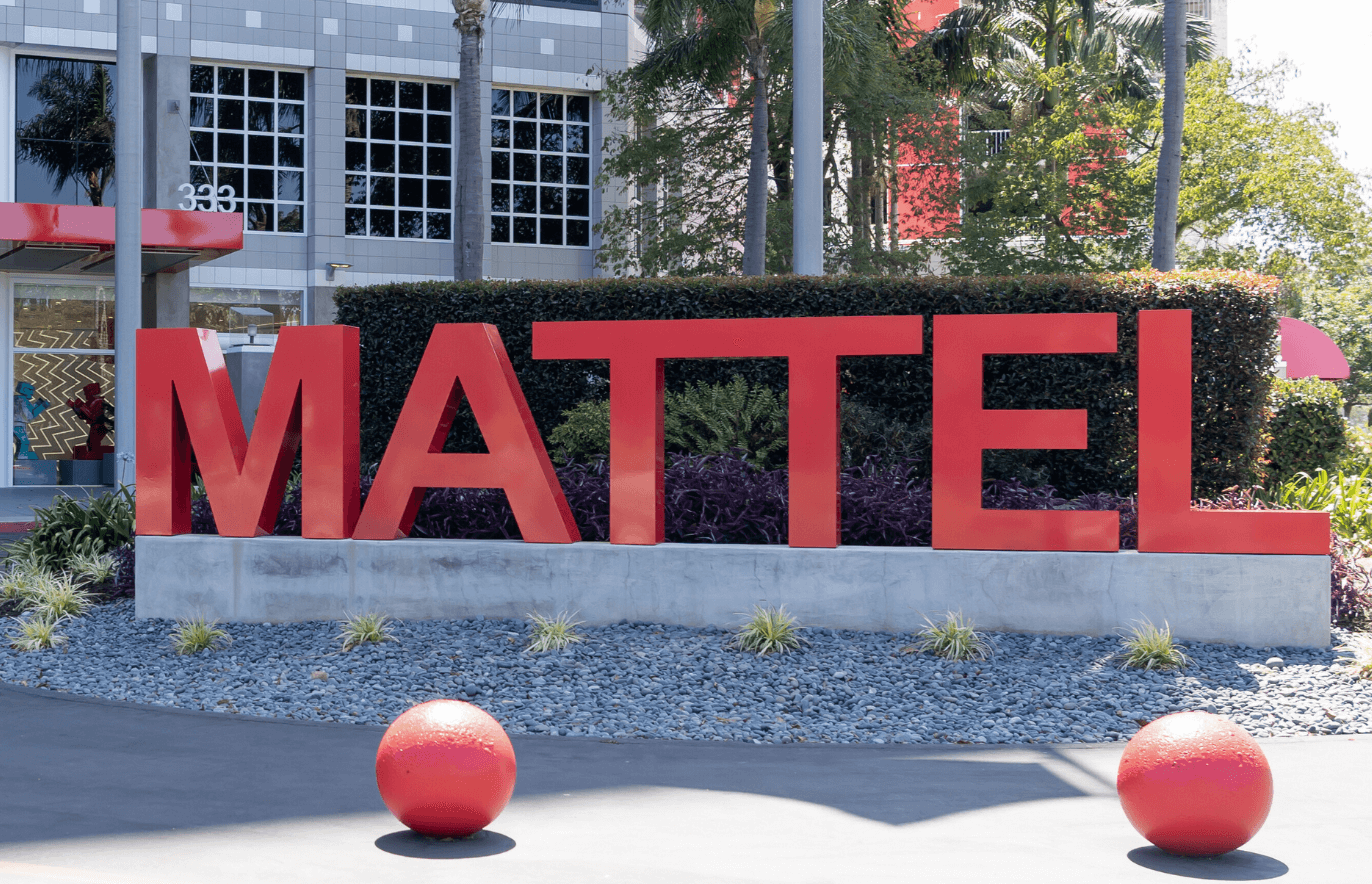Surround SCM Helps Siemens AG Boost Productivity and Efficiency
With Surround SCM, Siemens AG has better control over the software code in its development process and enhanced collaboration for better productivity and efficiency.
Software & IT Services, Continuous Software Quality, Developer Experience
Softing Standardizes on Development Versatility with Helix ALM
Softing, a well-established company with multiple product lines, selected Helix ALM (formerly TestTrack) to deliver their comprehensive solutions and meet the needs of both their Agile and Waterfall development processes.
Automotive, Shift Left Compliance
Customer
From Git to Perforce: Why the Avatar Previs Creators at Halon Went All-In
Halon Entertainment was grappling with the limitations of Git as they grew. Here’s how switching from Git to Perforce helped them streamline and scale their workflows.
Media and Entertainment, Digital Content Collaboration & Workflows

